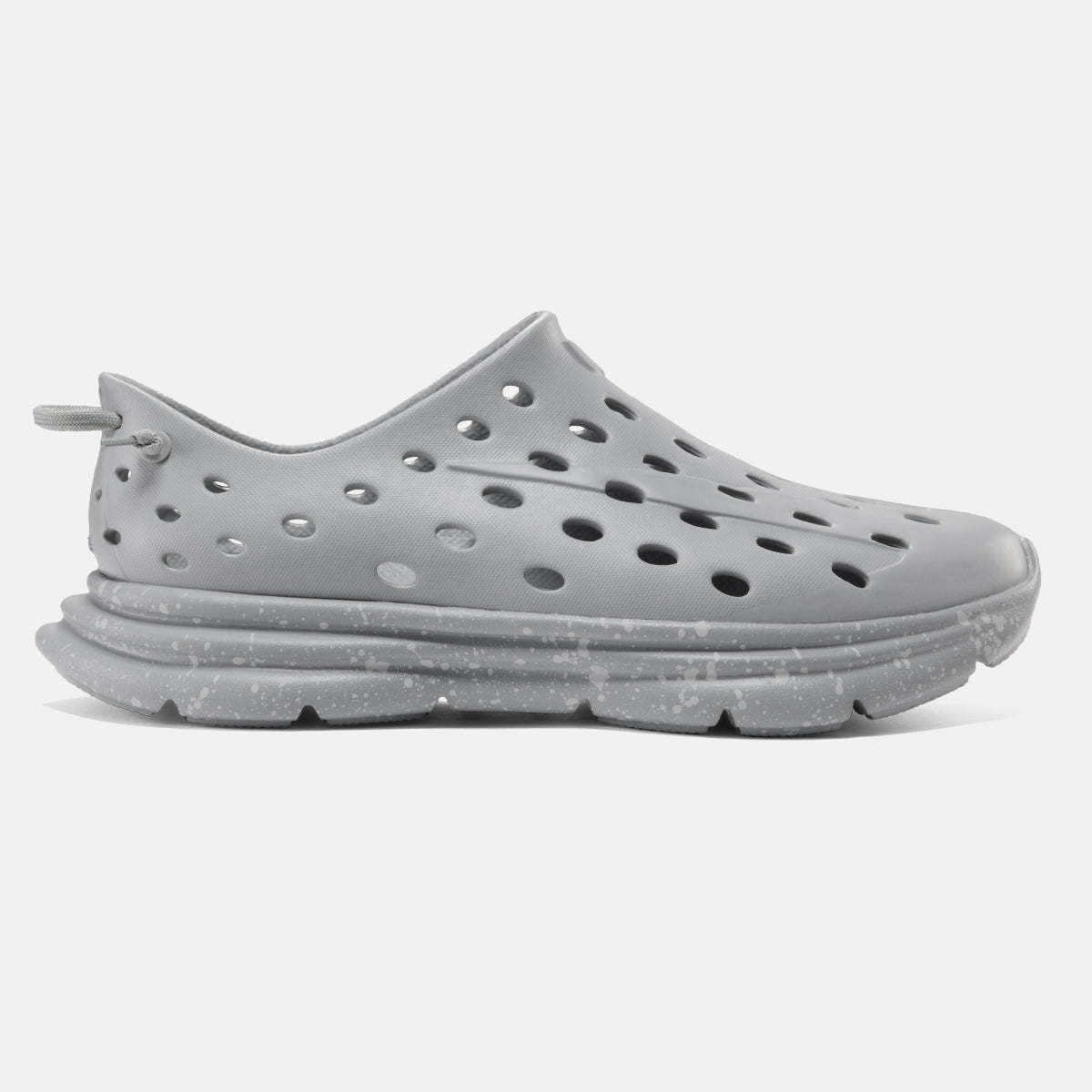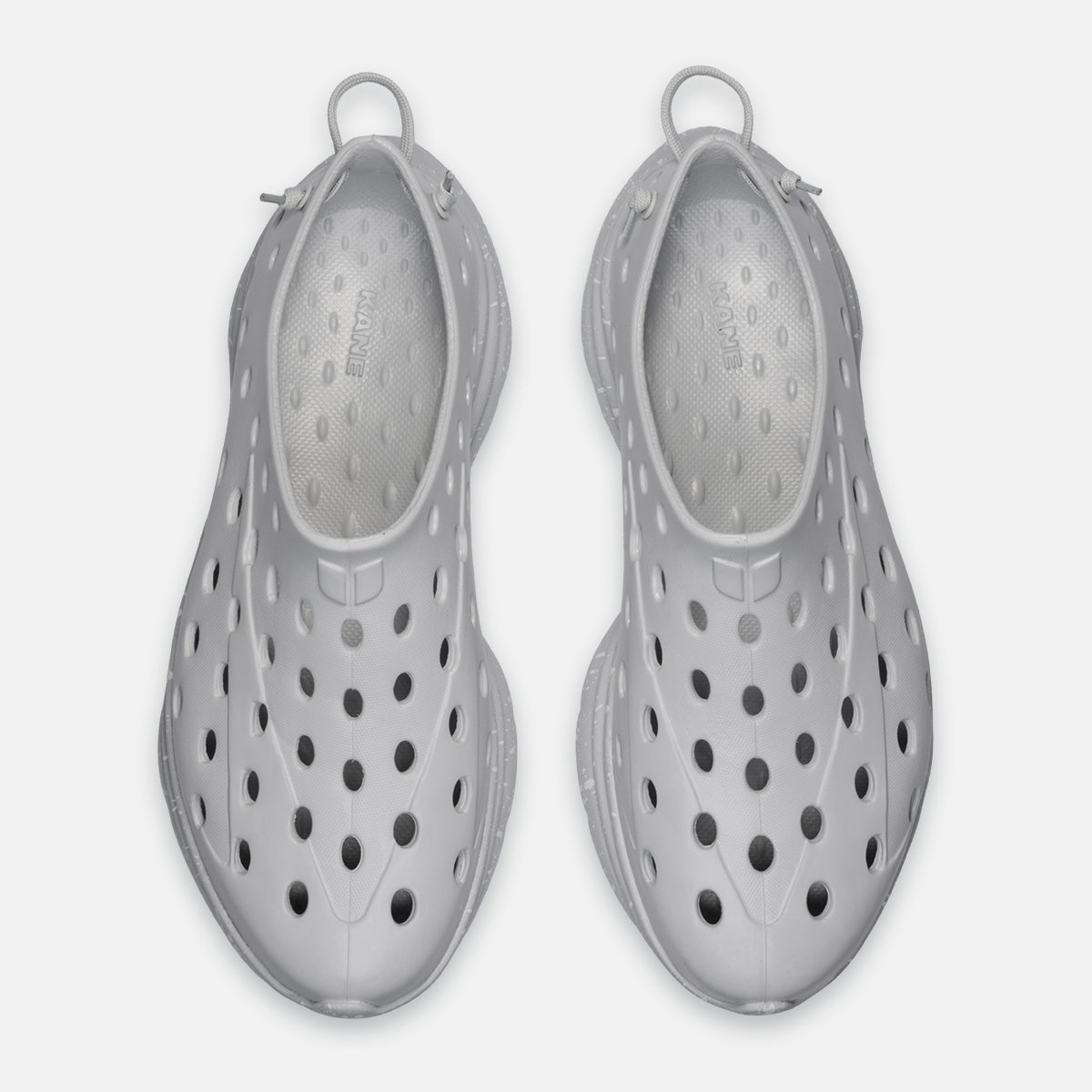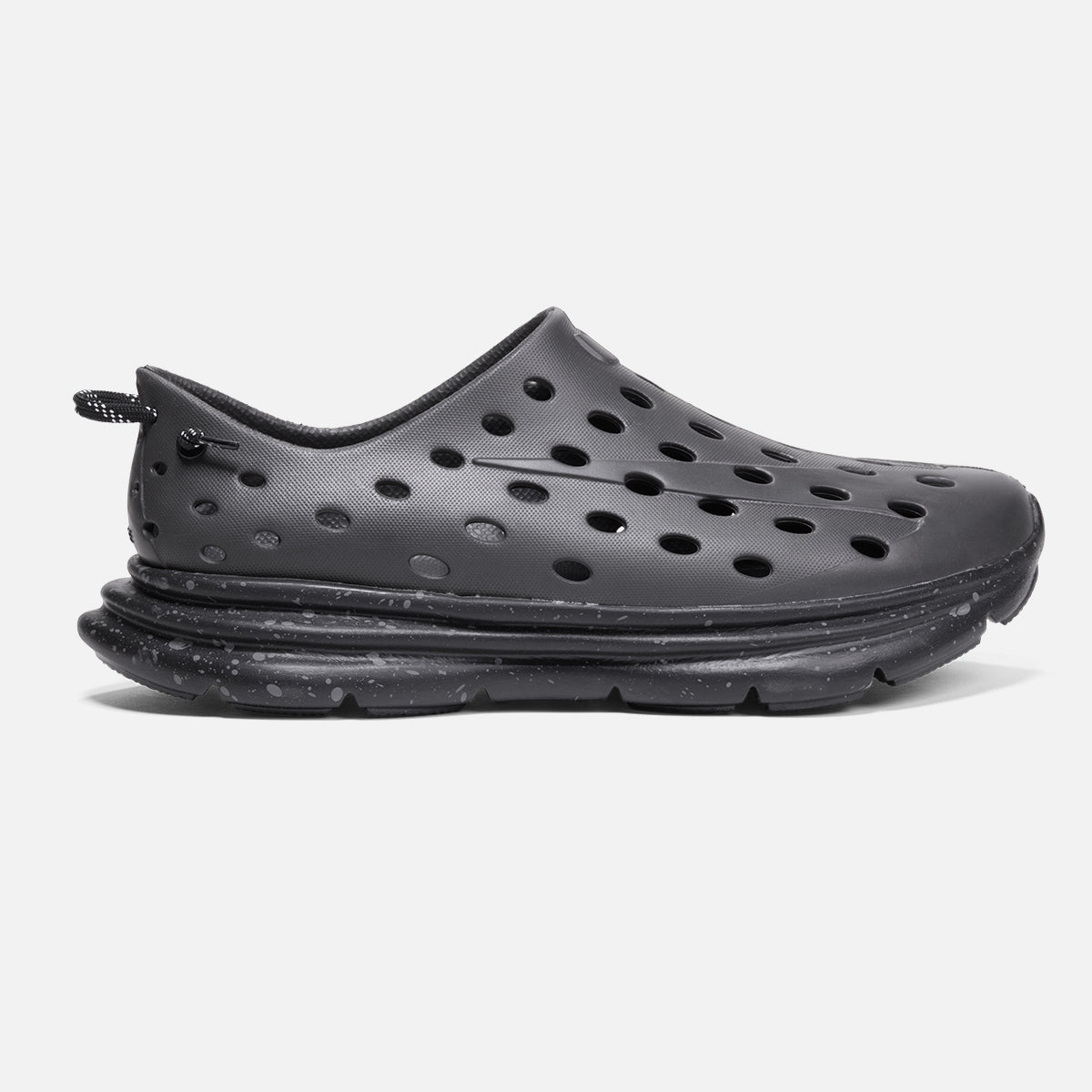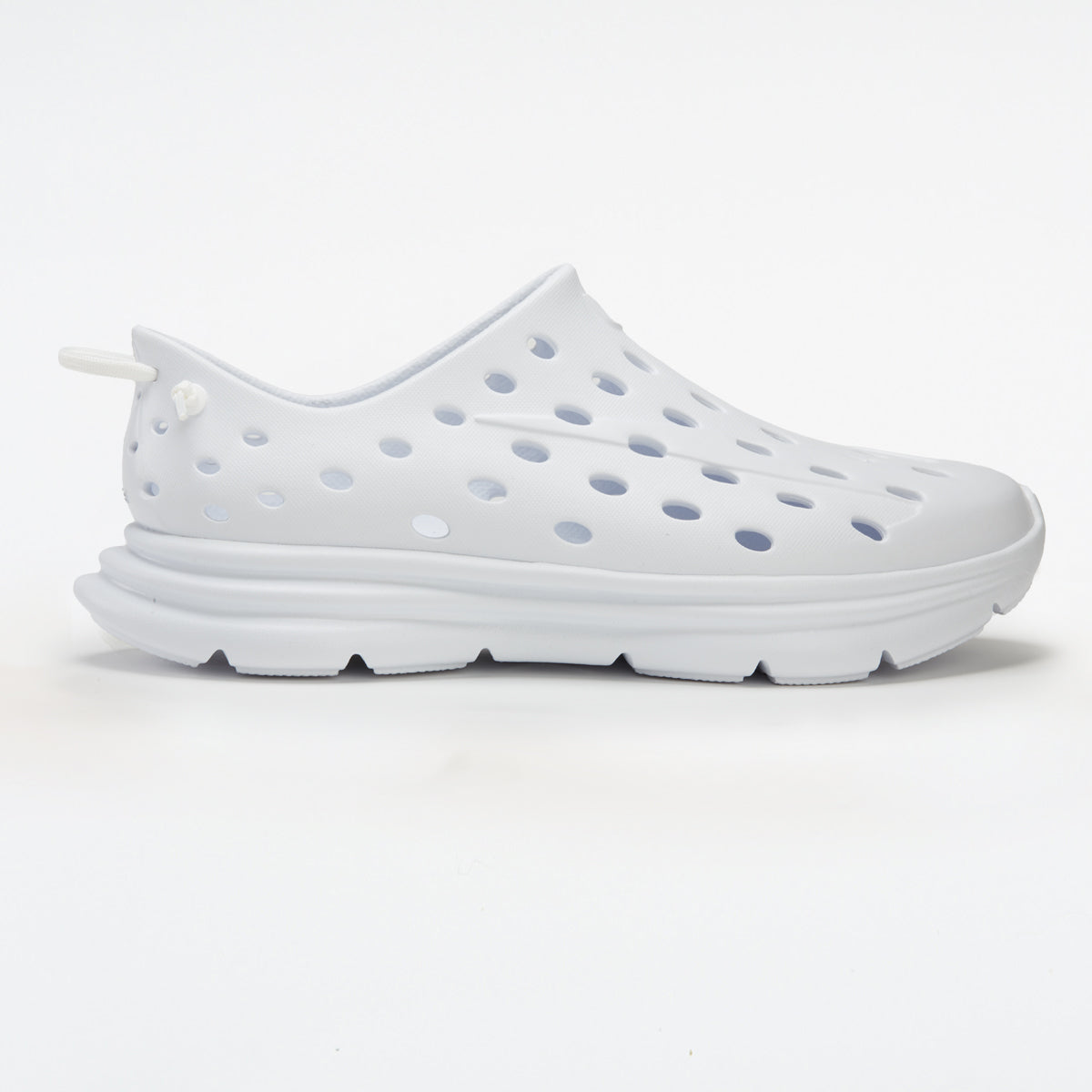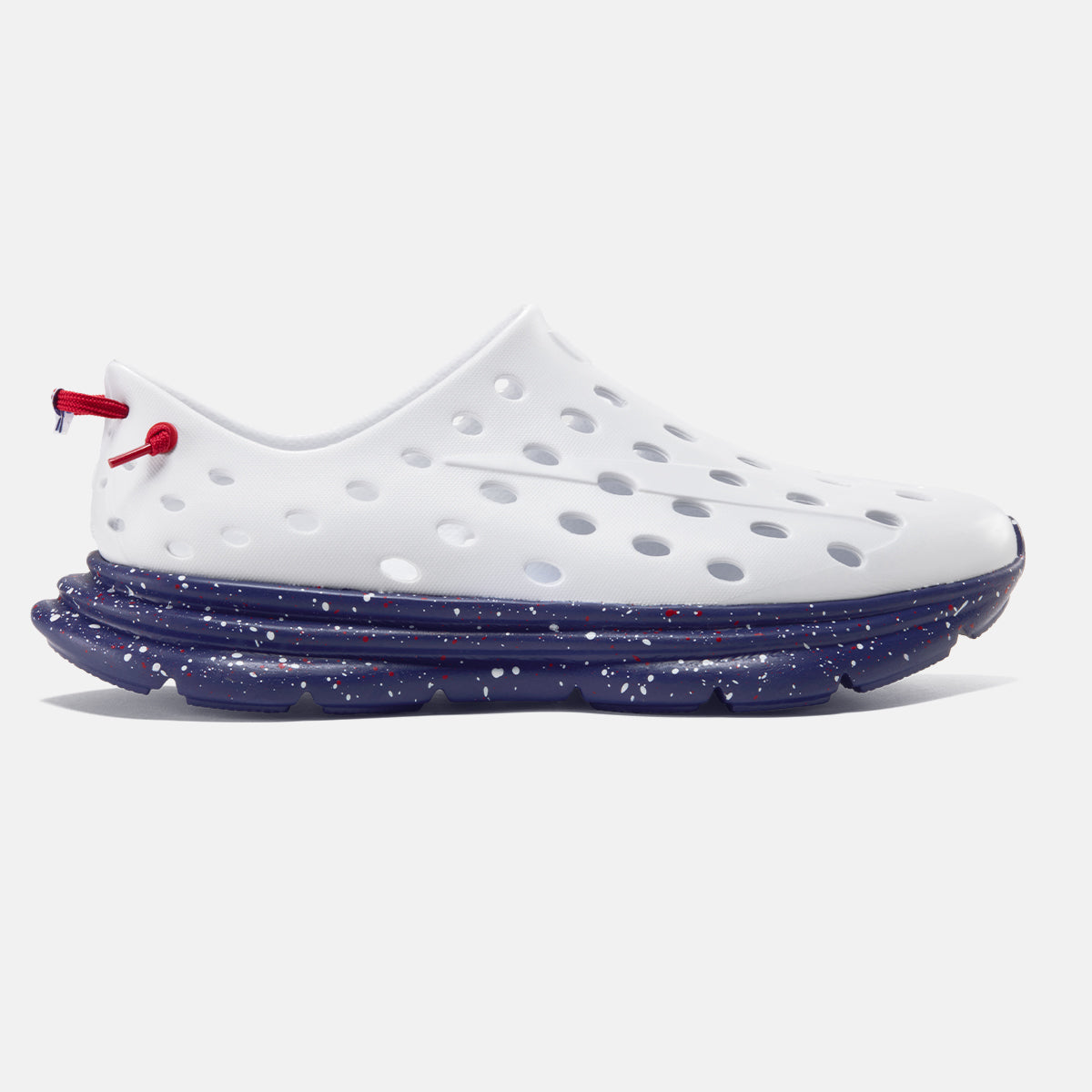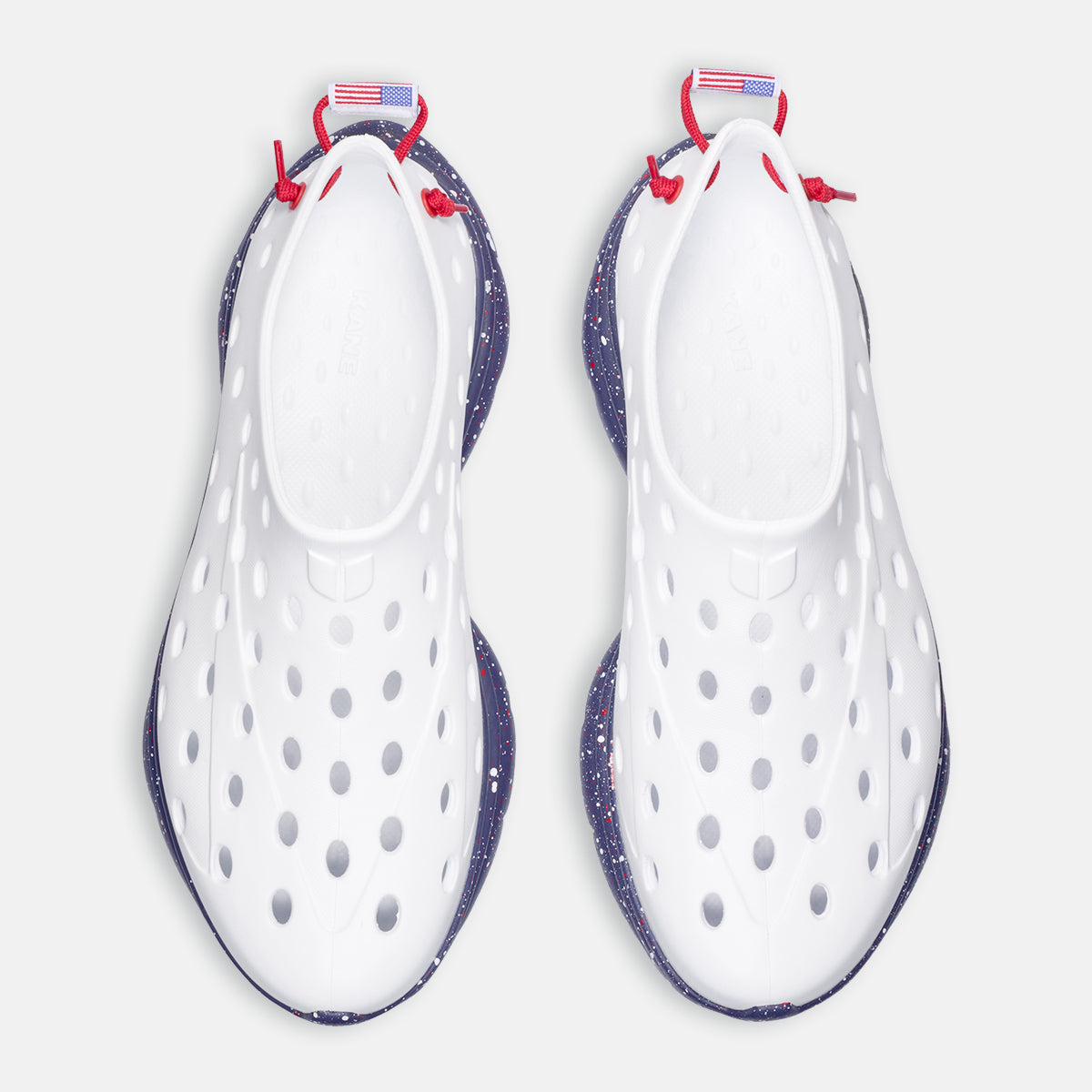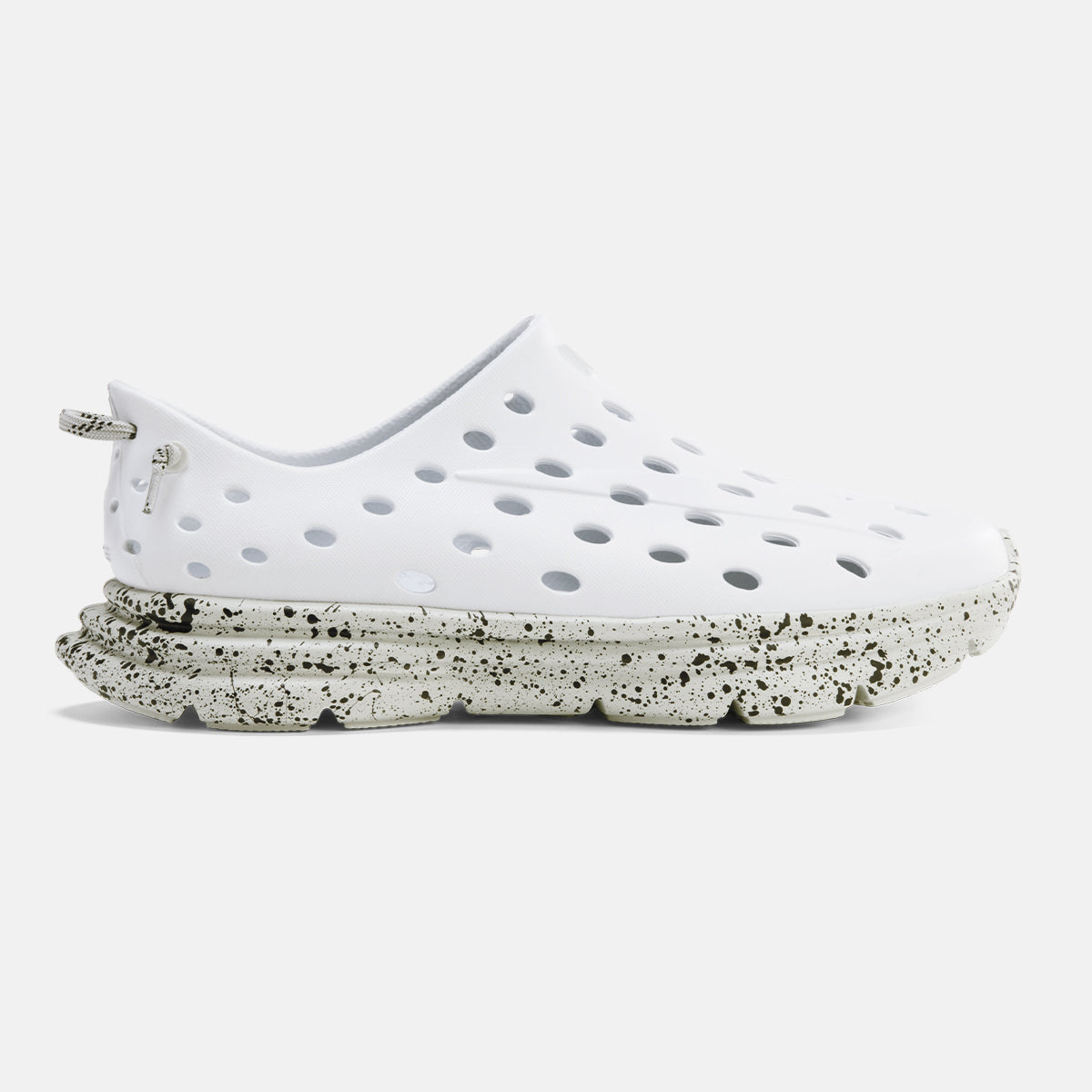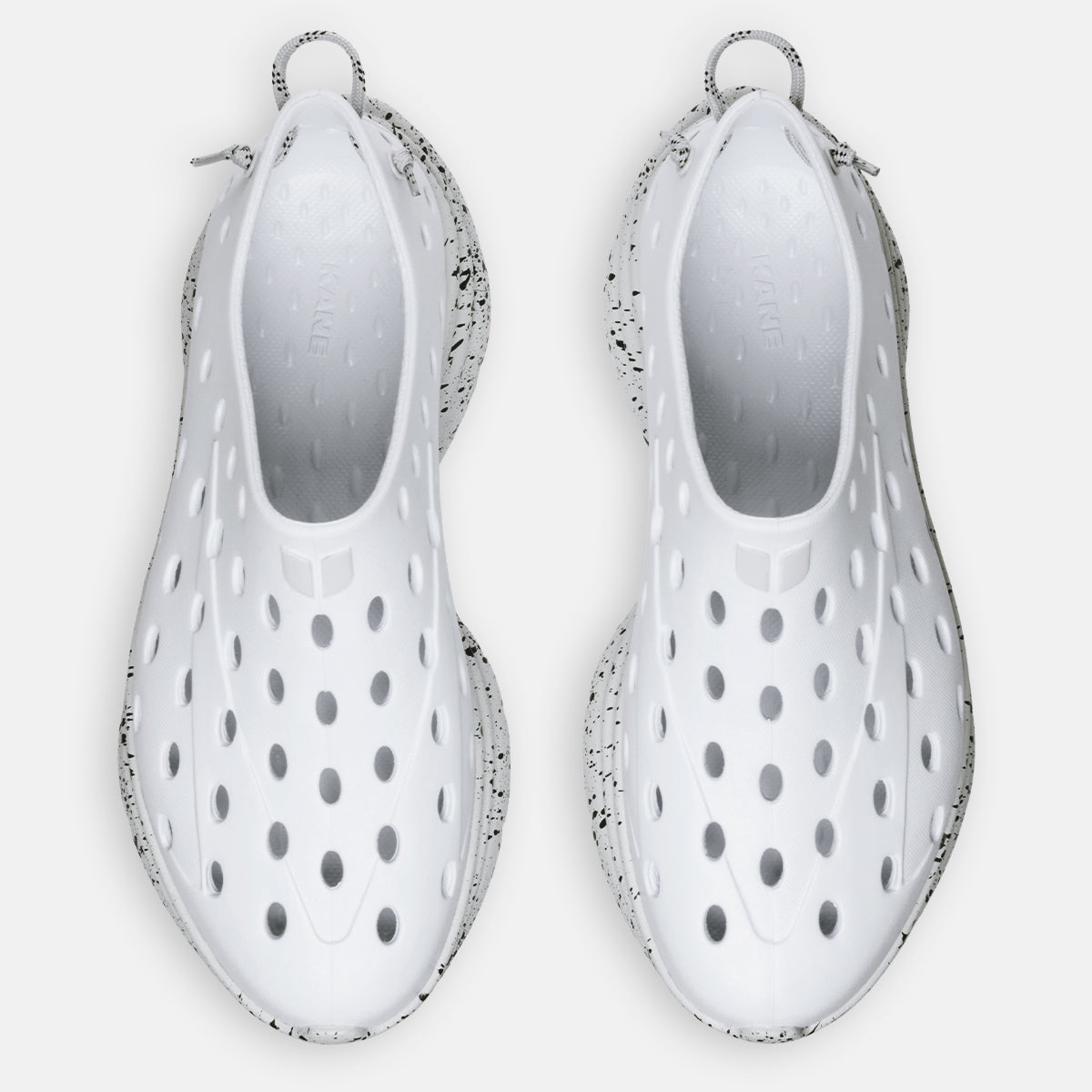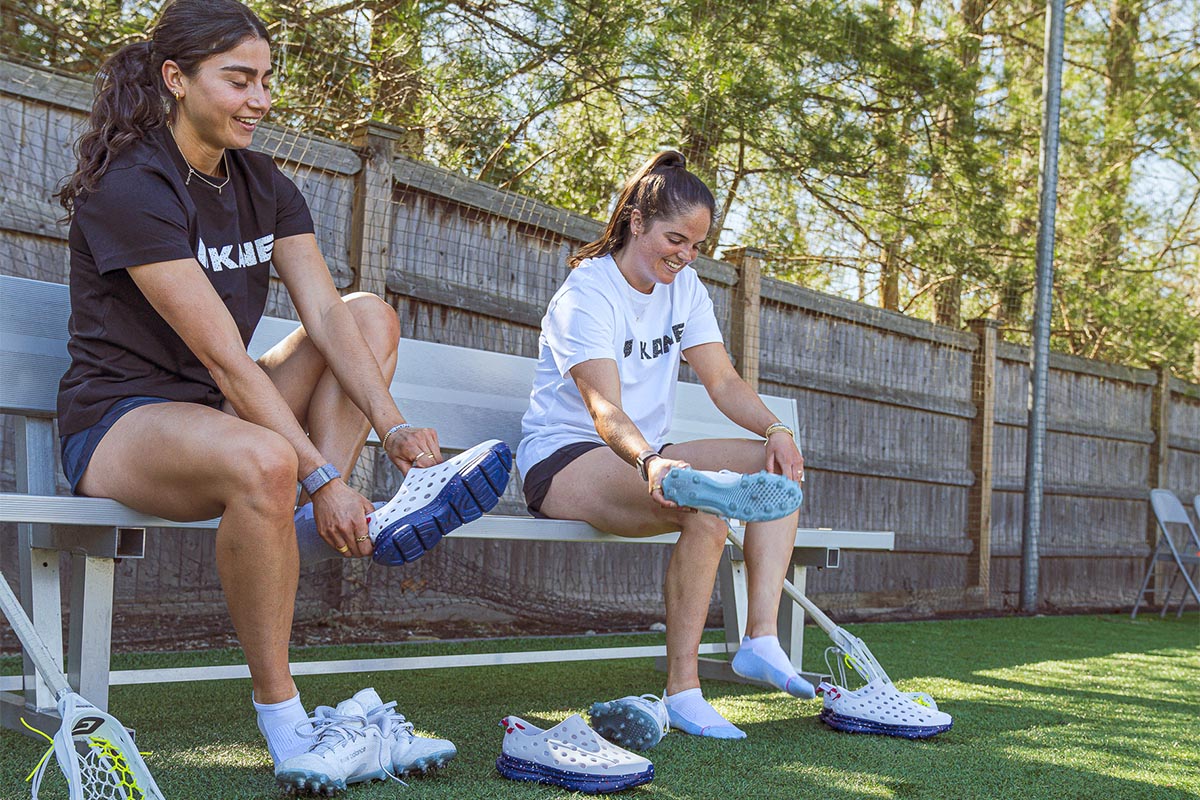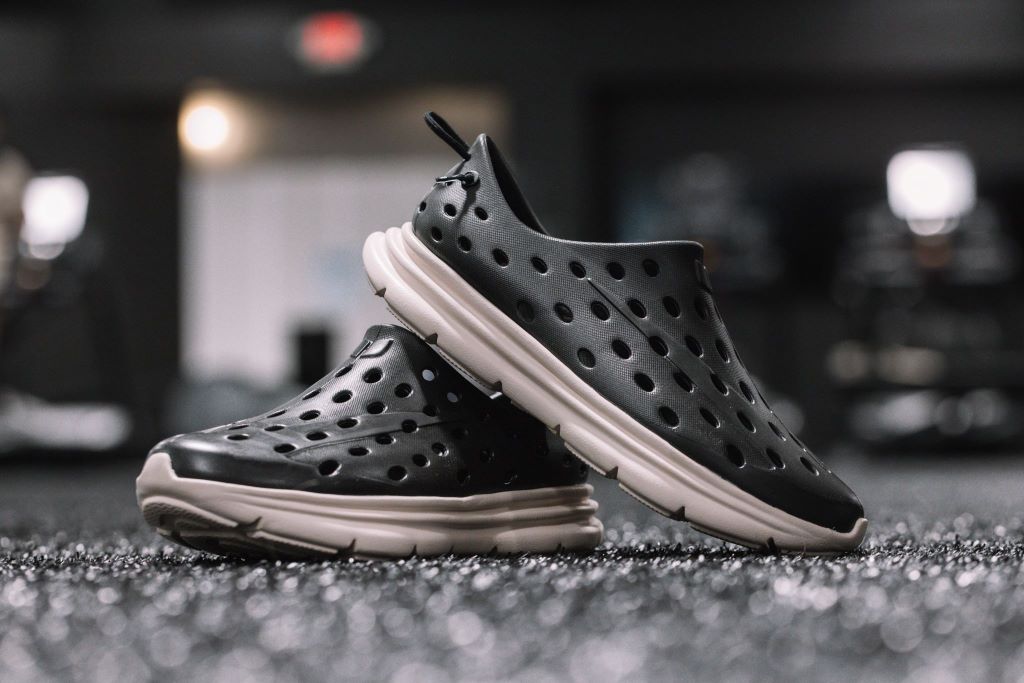So you just got back from a long run and you’re feeling tired, exhilarated, proud, and maybe a little achy. But did you realize you’re not technically done with your workout yet? Your running recovery regime is an essential part of your workout and skipping it is a big mistake.
Let’s look at what recovery entails and why it’s so important.
Why you need to think about post-run recovery
Running recovery is important to runners for several reasons. In general, this is about giving your body the best conditions to heal and recover after a run. But, it’s also about injury prevention and setting your next run-up for success.
Here are some of the reasons a post-run recovery routine should not be considered optional:
Muscle Repair and Growth
When you run, your muscles experience microscopic damage and undergo stress. Post-run recovery allows your body to repair this damage and build stronger muscles, leading to improved performance and reduced risk of injury.
Inflammation Reduction
Running causes inflammation in the body, which can lead to soreness and discomfort. Proper recovery techniques such as stretching, foam rolling, and icing help reduce inflammation, promoting faster healing and reducing the risk of overuse injuries.
Replenishing Energy Stores
During a run, your body depletes its glycogen stores (carbohydrate-based energy reserves). Post-run recovery includes consuming the right nutrients, such as carbohydrates and proteins, to replenish these stores and promote muscle recovery.
Hydration and Electrolyte Balance
Sweating during a run leads to fluid loss, which can result in dehydration and electrolyte imbalances. Adequate post-run recovery involves rehydrating with water or sports drinks and consuming foods rich in electrolytes to restore balance.
Mental Restoration After a Stressful Run
Running can be a great stress reducer. Many runners find they “work through things” when they’re running. But that doesn’t mean it’s not also mentally engaging and even stressful in its way. If you’re pushing yourself or judging yourself, there might be mental stress, negative self-talk, and more. In this light, running not only places physical stress on your body but also impacts your mental well-being. Post-run recovery provides an opportunity for relaxation and mental rejuvenation, reducing stress levels and promoting a positive mindset.
Injury Prevention
Insufficient recovery increases the risk of overuse injuries such as stress fractures, tendonitis, and muscle strains. Taking the time to recover properly allows your body to adapt to the stresses of running and lowers the chances of developing chronic injuries.
Performance Improvement
Regular post-run recovery practices, including rest days and active recovery exercises, enable your body to adapt to training stress and enhance performance over time. By allowing your body to rest and repair, you can optimize your training gains and achieve better results.
Running recovery tips: 7 things to help you recover post-run
Hopefully, you’re now sold on the importance of a recovery routine post-run. But what should you do to ensure proper recovery? Here are our suggestions of things that go into a proper ‘slow recovery’ after a run:
1. Don’t just abruptly stop: Gradually cool down
As you near your run's end, gradually decrease your running pace. Instead of abruptly stopping, transition into a light jog or brisk walk. This gradual decrease allows your body to transition from a higher intensity to a lower intensity, helping to prevent dizziness or lightheadedness that can occur when you stop abruptly.
Once you've reduced your pace, continue with a gentle walk or light jog for about 5-10 minutes. This low-intensity activity helps to gradually bring down your heart rate and cool down your body. It allows your muscles to continue moving and facilitates the removal of waste products, such as lactic acid, which can accumulate during exercise.
2. Stretch to encourage blood flow
After the walk or light jog, incorporate some gentle static stretches into your cool-down routine. Focus on stretching major muscle groups used during your run, such as calves, hamstrings, quadriceps, hip flexors, and glutes. Hold each stretch for 15-30 seconds without bouncing or forcing the stretch. Remember to breathe deeply and relax into each stretch, allowing your muscles to gradually release tension.
If you see a massage therapist or physical therapist, they'll recommend the best stretches for you to incorporate into your routine (remember every body is different and some of us hold stress in different parts of our bodies.) But, in general, here are some standard post-workout stretching recommendations to soothe muscle soreness:
Calf stretch
Stand facing a wall or sturdy object. Step one foot back and keep it straight with the heel planted on the ground. Lean forward, placing your hands on the wall for support, and bend the front knee. You should feel a stretch in the calf of the back leg. Hold for 15-30 seconds on each leg.
Hamstring stretch
Sit on the ground with one leg extended in front of you and the other leg bent with the sole of the foot resting against the inner thigh of the extended leg. Lean forward from your hips, reaching towards your toes. Keep your back straight and avoid rounding your spine. You should feel a stretch in the back of the extended leg. Hold for 15-30 seconds on each leg.
Quadriceps stretch
Stand tall and bring one heel towards your glutes by bending your knee. Reach back with the same hand and grasp your ankle. Gently pull your heel towards your glutes, feeling a stretch in the front of the thigh. Keep your knees close together and maintain an upright posture. Hold for 15-30 seconds on each leg.
Hip flexor stretch
Kneel on one knee with the other foot flat on the ground in front of you. Keeping your upper body upright, gently push your hips forward until you feel a stretch in the front of the kneeling leg. You can place your hands on your hips or raise your arms overhead for an increased stretch. Hold for 15-30 seconds on each leg.
Glute stretch
Lie on your back with both knees bent. Cross one ankle over the opposite knee, creating a figure four shape. Reach through the gap between your legs and interlace your hands behind the thigh of the non-crossed leg. Gently pull the thigh towards your chest until you feel a stretch in the glute of the crossed leg. Hold for 15-30 seconds on each side.
3. Consider using a foam roll to help with muscle soreness
For some, foam rolling can be an important component of post-run recovery.
Foam rolling involves applying pressure to specific areas of your muscles and fascia (the connective tissue surrounding your muscles). This pressure helps release tension, knots, and adhesions in the muscles, promoting good blood flow and improved muscle function. It can help alleviate muscle tightness and reduce the risk of injury.
Foam rolling can also provide a relaxing and therapeutic experience. The pressure and massage-like effect of foam rolling can help promote relaxation and reduce stress levels, both physically and mentally. Incorporating foam rolling into your post-run routine can create a calming effect and aid in overall recovery and well-being.
To effectively use a foam roller, target the major muscle groups used during your run, such as calves, quadriceps, hamstrings, IT band, glutes, and back muscles. Roll slowly and deliberately over each muscle group, focusing on areas of tension or discomfort. Apply pressure that is tolerable but not overly painful, and spend 1-2 minutes on each muscle group.
It's important to note that foam rolling should not replace other recovery techniques. It is an optional, complementary tool in your post-run routine. If you have any specific concerns or injuries, consult with a healthcare professional or sports therapist for guidance on incorporating foam rolling into your recovery plan.
4. Hop in the shower
This one may seem obvious: Of course, you’re going to hop in the shower after a long, sweaty run. And cleanliness is the main reason for this: Sweat that sits on the skin may cause irritation and chafing. So, get out of those wet clothes and get yourself into the shower.
But there are other reasons a shower can benefit you post-workout:
Temperature regulation
Running raises your body temperature, and taking a shower helps cool you down. If you shower with cool water, it can help dissipate heat from your body, bringing your core temperature back to normal. This can be particularly beneficial if you've been running in hot weather or if you tend to sweat heavily during your workouts.
Improved circulation
Alternating between hot and cold water in the shower, known as contrast therapy, can enhance blood circulation. The hot water causes blood vessels to dilate, increasing blood flow to the muscles, while the cold water constricts blood vessels, promoting the removal of waste products and reducing inflammation. This contrast can stimulate circulation and assist in the recovery process.
Mental refreshment
Taking a shower after a run can offer a sense of mental refreshment and rejuvenation. It provides an opportunity to mentally transition from your workout to the rest of your day, wash away any mental fatigue or stress, and help you feel invigorated and ready for what comes next.
5. Rehydrate
Rehydrating properly after a run is crucial for replenishing fluids lost through sweating and maintaining optimal hydration levels. Here's a more detailed explanation of how you can effectively rehydrate post-run:
Aim to begin the rehydration process as soon as possible after your run. Ideally, start consuming fluids within 30 minutes to an hour after finishing your run. This allows you to address fluid loss promptly and initiate the recovery process.
Monitoring your urine color can give you an indication of your hydration status. Clear to light yellow urine is a sign of adequate hydration, while dark yellow or amber-colored urine may indicate dehydration.
Water intake
Water is a basic and essential fluid for rehydration. Start by drinking plain water to quench your immediate thirst. Sip water gradually rather than gulping it down rapidly. Aim to drink enough water to satisfy your thirst and gradually restore your body's fluid balance.
Electrolyte replenishment
Along with water, replenishing electrolytes is crucial for proper rehydration. Electrolytes are minerals such as sodium, potassium, magnesium, and chloride that are essential for maintaining fluid balance and supporting muscle function. During a run, you lose electrolytes through sweat. Consuming electrolyte-rich fluids or foods can help restore these vital minerals. You can opt for sports drinks or electrolyte-enhanced water, which are specifically formulated to replace lost electrolytes. Additionally, incorporating electrolyte-rich foods such as bananas, coconut water, or yogurt can contribute to your electrolyte replenishment.
Sports drinks
A sports drink can be beneficial, especially for longer or more intense runs. They provide a combination of carbohydrates and electrolytes that help replenish energy stores and support fluid absorption. Sports drinks are particularly useful if you've been running for an extended duration (typically over an hour) or in hot and humid conditions where electrolyte loss is more significant. Be mindful of the sugar content in sports drinks and choose options that suit your nutritional needs and preferences.
6. Refuel
After a run, it's important to refuel your body with the right nutrients to support recovery and replenish energy stores. Here are some guidelines on what to eat after a run:
Carbohydrates
Consuming carbohydrates after a run is crucial for replenishing glycogen stores in your muscles, which get depleted during exercise. Opt for complex carbohydrates such as whole grains, fruits, vegetables, and legumes. These provide a steady release of energy and are rich in vitamins, minerals, and fiber. Examples include brown rice, quinoa, sweet potatoes, bananas, berries, and leafy greens.
Protein
Protein is essential for muscle repair and growth. Including a source of lean protein in your post-run meal or snack helps support muscle recovery. Good options include chicken, turkey, fish, tofu, Greek yogurt, cottage cheese, eggs, or plant-based protein sources like lentils or beans.
Healthy fats
Healthy fats provide energy and aid in nutrient absorption. Incorporating sources of unsaturated fats into your post-run meal can be beneficial. Avocados, nuts, seeds, nut butter, and olive oil are all examples of healthy fat sources. However, be mindful of portion sizes, as fats are more calorie-dense.
As mentioned in point 5, it’s also essential to rehydrate, so many sure you do both, i.e. refuel and rehydrate.
7. Get a good night’s sleep (seven to eight hours)
Sleep plays a vital role in a runner's recovery process and overall performance. Sleep is really quite miraculous and has benefits for us all (runner or not). But if you're undertaking a grueling running routine, sleep becomes even more important. Here are just some of the wonders adequate rest can work:
- Muscle repair and growth
- Hormonal balance (lowering those cortisol levels)
- Tissue repair and injury prevention
- Immune function
- Mental restoration
To optimize sleep for recovery, consider the following tips:
- Aim for 7-9 hours of quality sleep each night
- Establish a regular sleep schedule, going to bed and waking up at consistent times
- Create a conducive sleep environment that is dark, cool, and free from distractions
- Practice relaxation techniques before bed, such as deep breathing, stretching, or meditation
- Avoid stimulating activities, caffeine, and electronic devices close to bedtime
- Prioritize sleep hygiene, ensuring your sleep environment is comfortable and promoting relaxation
By prioritizing quality sleep as part of your recovery routine, you can maximize the benefits of your training, support optimal recovery, and enhance your overall running performance.
Why it’s important to take regular recovery or rest days
As we’ve seen, a post-run recovery routine is an essential part of a healthy running regimen. However, it’s not sufficient to simply go through the motions after a run: You also need to take complete rest days.
Running too much or too frequently without proper rest and recovery can cause overuse injuries to many parts of the body, including the hips. So adequate recovery time (also known as rest days) is key. Here’s how they help:
- Recovery: Rest days allow your body to recover by repairing damaged tissues and building new muscle fibers. This helps to prevent injury.
- Injury prevention: Overuse injuries such as stress fractures, tendinitis, and muscle strains are common among runners. Rest days can help to prevent these injuries by giving the body time to heal and recover.
- Mental health: Let's not forget the mind/body connection. Rest days can also be beneficial for mental health by providing a break from the physical and mental demands of running.
- Performance improvement: When the body is given time to recover, runners can often perform better and see improvements in their speed and endurance.
Even on rest days, you can engage in active recovery, such as stretching, foam rolling, or low-impact exercises like swimming.







































